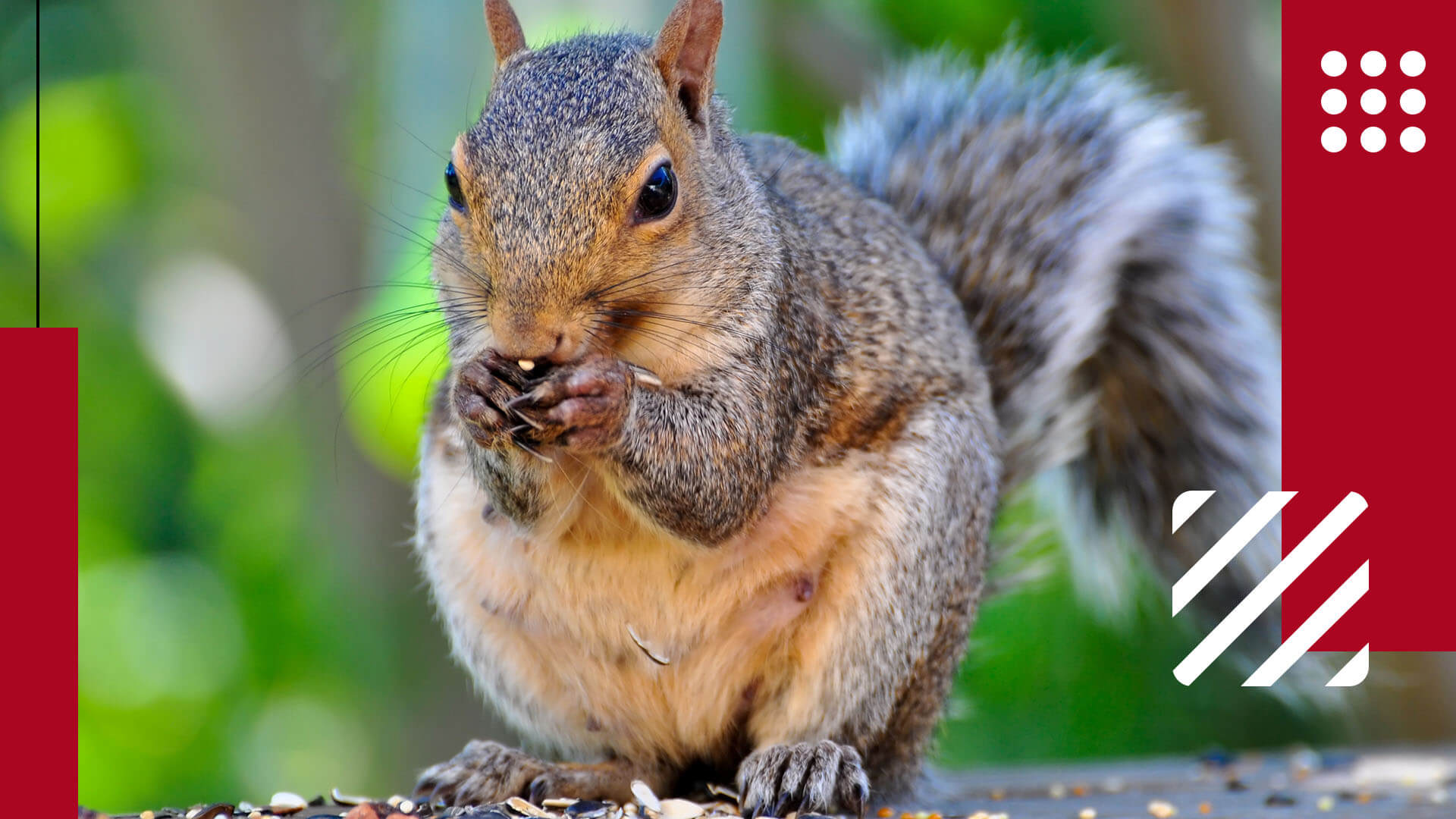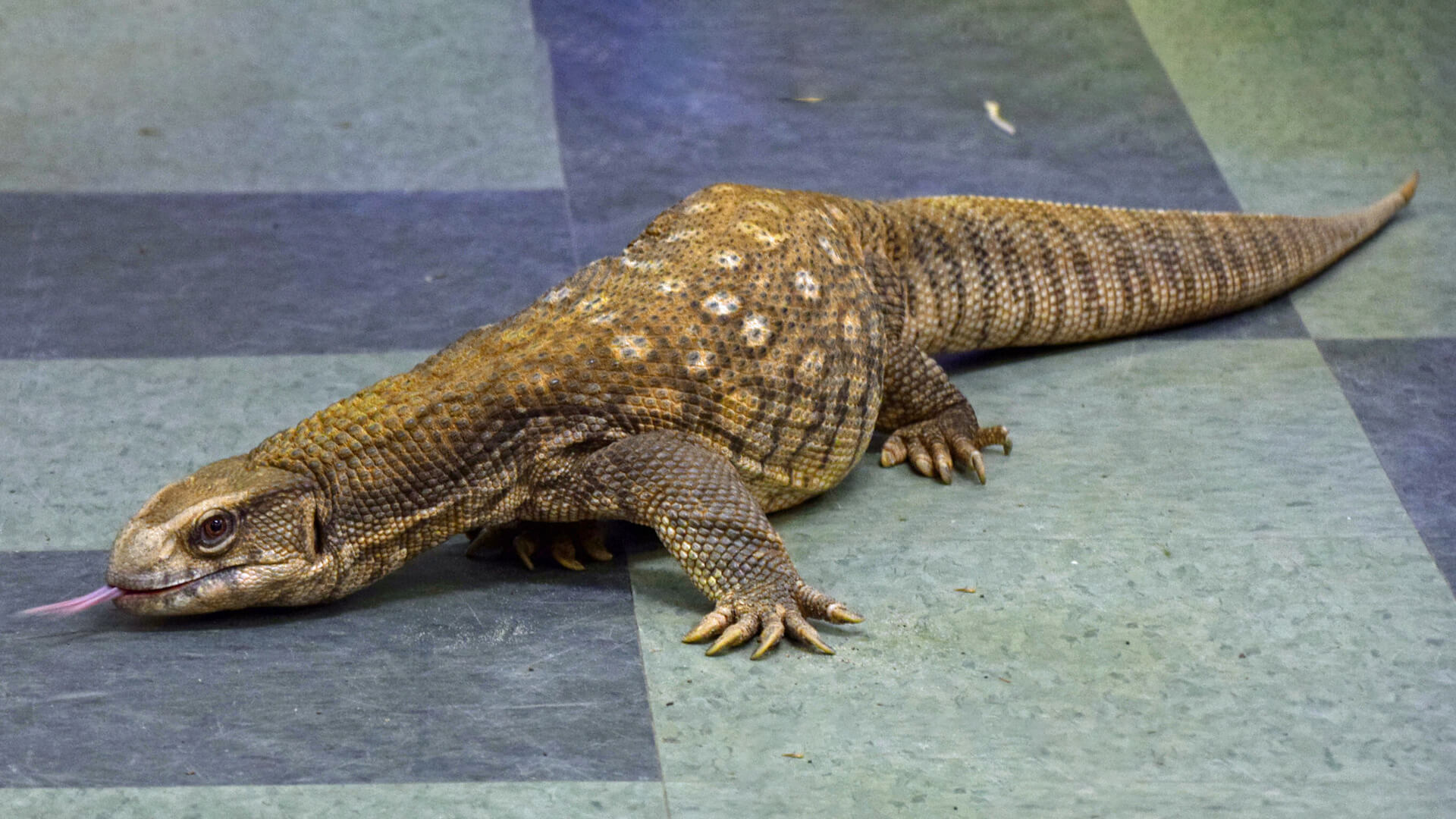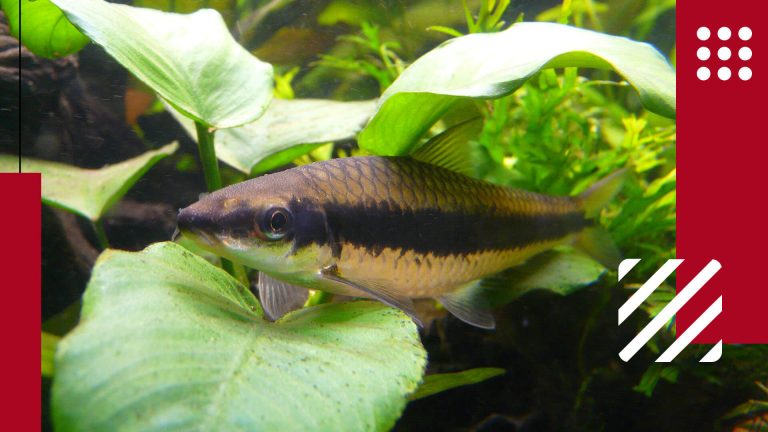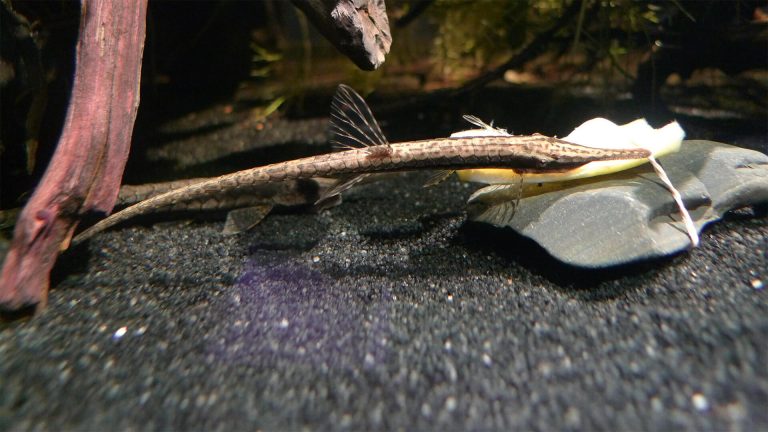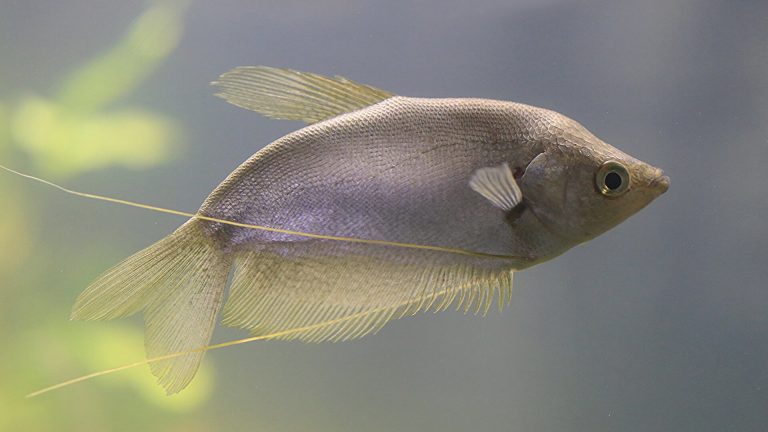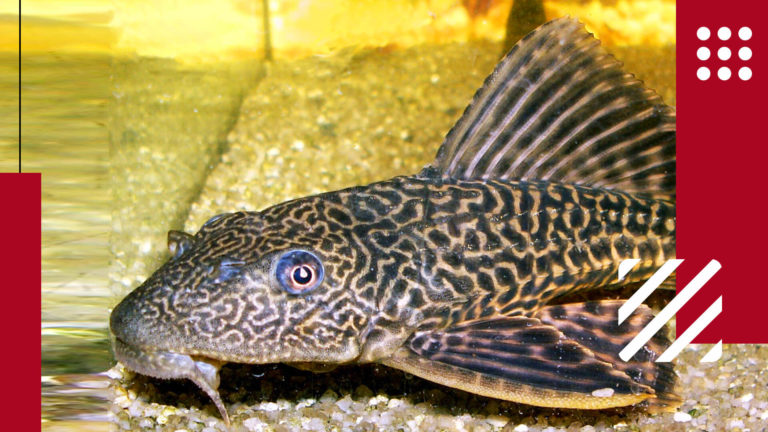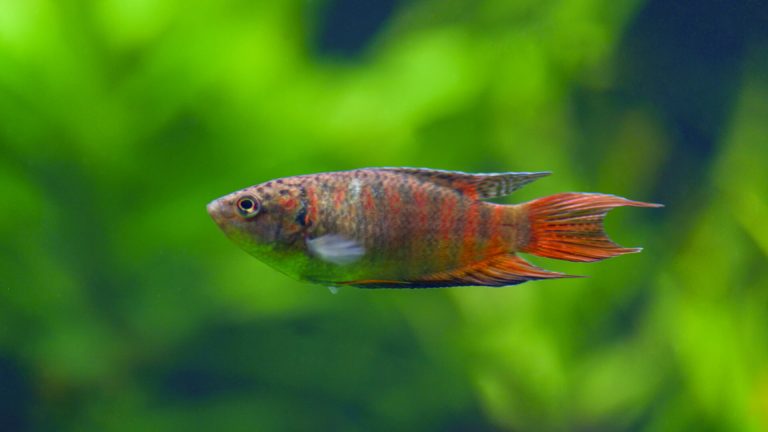Yellow-bellied sliders are a popular choice of turtles for aquarium enthusiasts with large spaces. These aquatic turtles make a beautiful addition to any tank or pond. Native to the Southeastern United States, these sliders can be found anywhere from Argentina to Florida. These sliders prefer to live in warm environments and can be found in ponds, lakes and swamps. They get their name based on their underbelly or lower shell that is yellow in color and have black spots on it. They are quite active and can be very entertaining to watch at times.
Owing to their size and activity level, they need large spaces to live and swim freely. Apart from this, they are relatively low-maintenance when compared to other turtles. They prefer to spend most of their time inside the water. However, they do come outside on the land to rest and get some sunlight. They would recognize their owners after some time. However, the owners should avoid holding them as it may end up scaring them. There are a few other things one needs to be careful about. Worry not! This article covers everything one should know about their pet yellow-bellied sliders.
Distinctive Features of Yellow-Bellied Slider
| Scientific Name | Trachemys scripta scripta |
| Lifespan | Up to 40 years or more |
| Color | Dark green or olive with yellow markings |
| Size | Males: 5-9 inches, Females: 8-13 inches |
| Health Risk | Low |
| Tank Size | Minimum 75 gallons for juveniles, larger for adults |
| Water pH | 6.0-8.0 |
| Filter Requirement | Moderate |
| Tankmates | Peaceful aquatic species |
| Unique Trait | Distinct yellow or orange markings on the underside |
| Famous For | Its widespread popularity as a pet turtle |
| Temperament | Generally docile and friendly |
| Maintenance | Moderate |
| Adaptability | Indoor or outdoor (with proper setup) |
| Behavior | Can be suitable for older children with proper supervision |
| Personality | Active and enjoys basking |
| Social | Can be housed with other turtles, but territorial tendencies may arise |
Yellow-bellied sliders are eye-catchy creatures. Their shell is brown and black in color accompanied by beautiful yellow stripes. Their bodies are similar as well. Another noteworthy feature is their feet. It has long claws that give them a good grip on the land and webbed toes that ensure easy movements inside the water. That makes it convenient for them to move around both land and water. They are very active and make use of almost everything they see around them.
In the wild, they play around and hunt on their own. They also feast on the plants around them. They are diurnal which means that they are mostly active during the daytime. So, it's not difficult to watch over them. It can be considered as another reason why they are considered to be a good pet. Apart from this, here are some other basic traits that will prove to be beneficial for the potential owners.

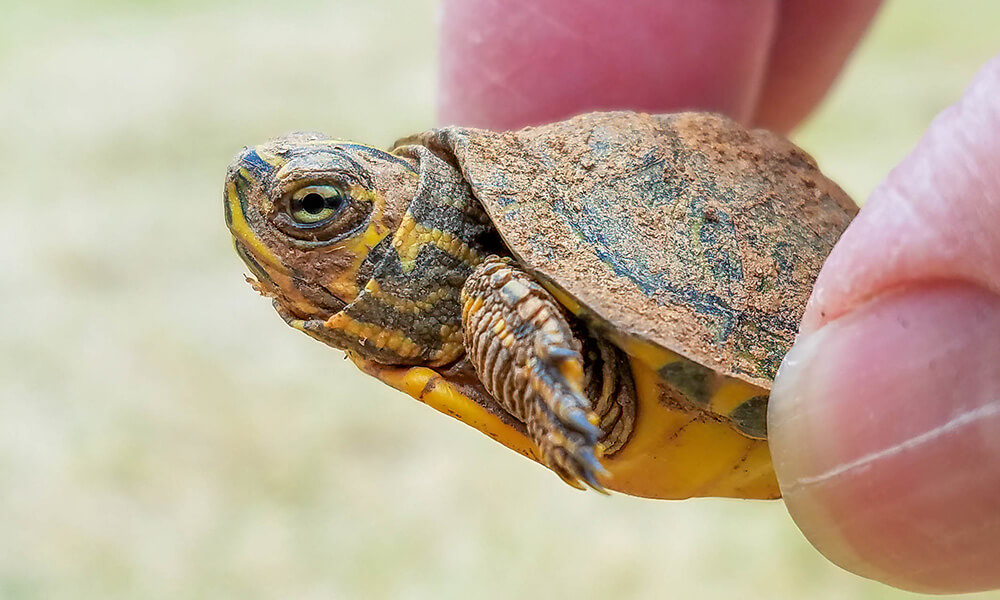
How to Take Care of Pet Yellow-Bellied Slider?
One thing that's quite appreciable about yellow-bellied sliders is their easy adaptability. Yes! They quickly adapt to a new environment which is no less than a blessing for any pet owner as it makes things easier. However, it is to be ensured that their new home closely resembles the original one. Also, the owners are advised not to handle these turtles unless they are experienced.
If anyone tries to pick or hold them without their will, it may not only upset them but frighten them as well. In response, they can even bite the person in their defense. Otherwise, they are no harm. All the owners need to care about is their lifestyle as it significantly impacts their health and lifespan. Proper housing and diet are essential for them to live their full lives.
How to Setup a Tank for a Pet Yellow-Bellied Slider?
It is not very difficult to keep them as juveniles. However, keeping the adult yellow-bellied sliders can be a bit tough as they require a large space. They need a tank of around 75 to 100 gallons. The space is not the only concern though. These sliders like to dine inside their tanks and excrete the waste there as well. This arises the need for vigorous filtration and frequent water changes to maintain the hygiene in the tank. Or else, it may take a toll on the health of the pet turtle.
Coming to the lighting part, these turtles need UVA and UVB rays for around 12 hours every day. If it can get this light directly from the sunlight, no supplementary lights would be required. Besides this, the water temperature in the tank should always be between 75 to 80 degrees Fahrenheit. This needs to be monitored well as they live well only in warm temperatures. Additionally, there should be a small land portion, made up of substrate material, or simply a floating perch to let the turtle rest on the land whenever it wants. Adding some plants and other decor is also suggested to make them feel more at home.
What to Feed a Pet Yellow-Bellied Slider?
Yellow-bellied sliders are omnivores and need a mix of live and plant-based food. While the diet for juveniles should be inclined more towards animal-based food, the adult should eat more vegetables. For animal-based food, one can opt for insects, fish, brine shrimps, and so on. On the other side, plant-based food should include leafy greens such as parsley and romaine. Finely chopped fruits can be added as well. Turtle pellets available in the market can also be given if other supplements are provided. One thing to avoid in their meals is any protein-rich meats.
Regarding the frequency, the young turtles should have two small meals a day while the adults should consume just one full meal a day. The quantity should be determined by how much they can finish in around 15 minutes. If it's possible to feed them somewhere else apart from their tank, it will save the owners a little cleaning time. However, it's a difficult task to shift them for meals. If it's not convenient to shift them and they are being fed inside the tank, the owner should make sure to clean up the uneaten food immediately. This would help to maintain hygiene and prevent illness.
What are the Health Concerns for a Pet Yellow-Bellied Slider?
Yellow-bellied Sliders generally live a healthy and long life if they get a proper environment and all their requirements are being fulfilled. Keeping their house and diet up to the mark is the prime contribution in keeping them healthy. Even though most of the diseases can be prevented just by that, it is essential to know about some of the common diseases that may affect them. For instance, these sliders can be a victim of respiratory infections caused due to certain bacterias. The symptoms include drooling, wheezing and puffy eyes. This is quite common among this species and can be avoided only by keeping the habitat clean at all times.
Fungal infections are also something the owners need to be concerned about as they can cause their shells to rot. If the condition worsens, it can cause severe damage. Metabolic bone diseases are yet another health issue among these aquatic turtles. However, this is caused when the pet slider doesn't get a sufficient amount of UV rays. If that is taken care of, there's not much need to worry. In any case, if there are any signs and symptoms that make them look unusual or sick, the veterinarian should be contacted immediately. If detected and treated on time, most of these problems can be cured.
What People Are Reading:
Frequently Asked Questions About Pet Yellow-Bellied Slider
Are yellow-bellied sliders illegal?
No, yellow-bellied sliders are legal in most of the states with only a few exceptions.
How big does a yellow-bellied slider get?
While the male yellow-bellied sliders can grow up to 9-inches, their female counterparts can get as big as 13-inches.
How do I identify a yellow-bellied slider?
Yellow-bellied sliders have black and brown shells with yellow stripes. Moreover, their underbelly is yellow in color.
What is the difference between a yellow-bellied slider and a red-eared slider?
Yellow-bellied sliders and red-eared sliders are two different sub-species of the turtle called the slider.
Can yellow-bellied turtles drown?
Yes, yellow-bellied turtles can drown.
How can you tell a turtle's age?
One can determine a turtle's age by counting the number of rings present on the scutes of its shell.
Do turtles get attached to their owners?
Yes, turtles do get attached to their owners. They even start recognizing their owners just by their voice.
Do yellow-bellied turtles sleep?
Yes, the yellow-bellied turtles do sleep underwater for around an average of 30 to 40 minutes at once.


